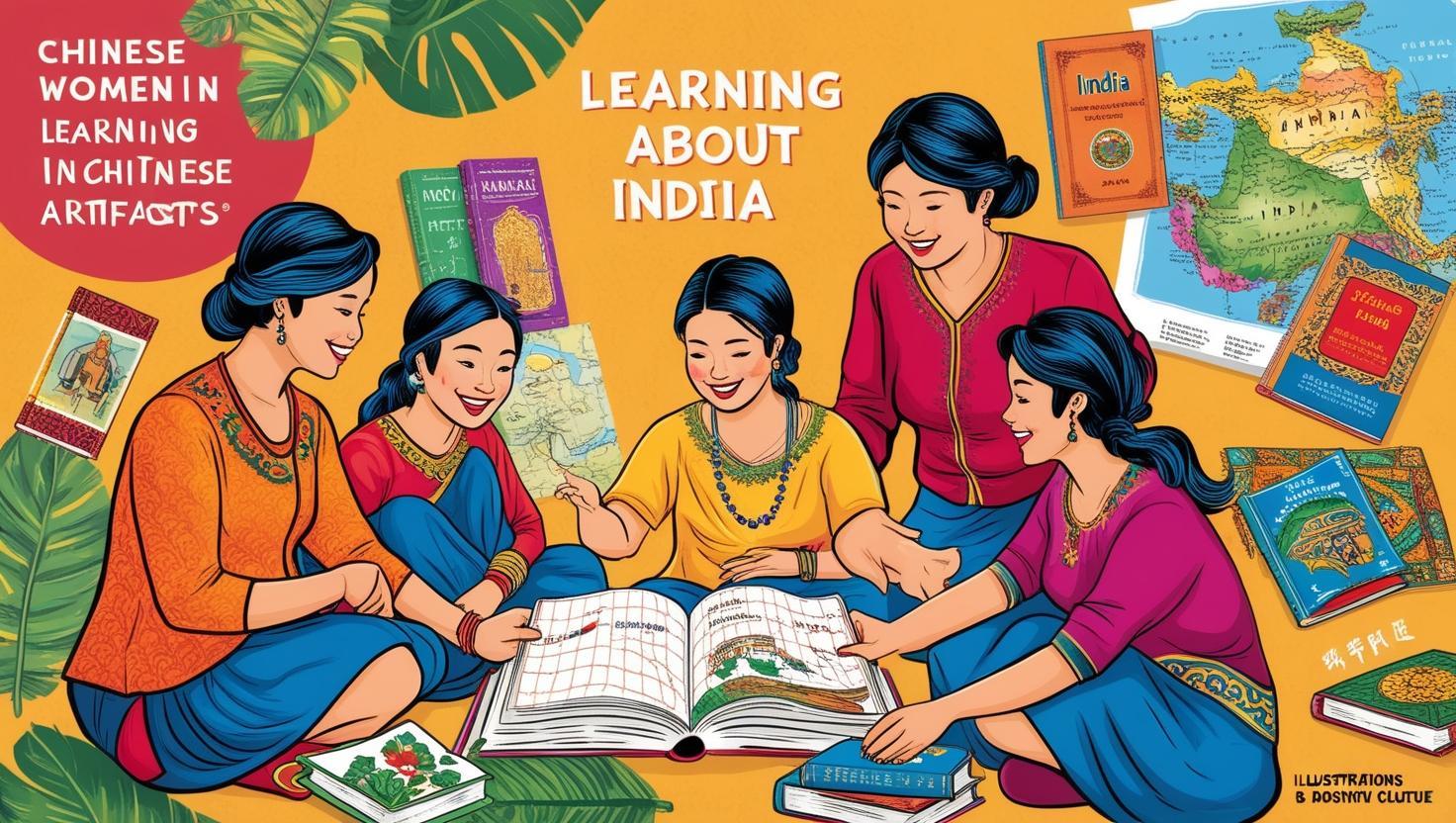Get In Touch

By - Ananya Chidanand
3/17/2025
20
India's Location: Where Are We?
India lies in the Northern Hemisphere, and the Tropic of Cancer (23°30'N) runs about midway across the nation.It extends from 8°4'N to 37°6'N latitude and from 68°7'E to 97°25'E longitude.The country is bordered by the Indian Ocean to the south, making it a major marine nation.
Fun fact:
India is known as a subcontinent because it is a distinct landmass divided by natural boundaries such as the Himalayas in the north and seas on three sides.
Size Matters!
India is the world's 7th biggest country, comprising around 3.28 million square kilometers. It covers 2.4% of the world's land area and houses 17.5% of the world's inhabitants.
Did you know?
The distance between India's northern and southernmost points is around 3,214 kilometers, whereas the east-west span is around 2,933 kilometers.
Neighbors: A diverse neighborhood.
India shares boundaries with seven countries:
Pakistan and Afghanistan in the Northwest
China, Nepal, and Bhutan are located in the north, while Bangladesh and Myanmar are in the east.
Sri Lanka and the Maldives are among the country's marine neighbors.
Interesting fact:
Sri Lanka and India are divided by the narrow Palk Strait and Adam's Bridge(a network of limestone shoals).
The Standard Meridian: Time Synchronization
To keep a consistent time, India employs the Standard Meridian of India (82°30'E), which passes through Mirzapur in Uttar Pradesh.This produces Indian Standard Time (IST),which is 5 hours and 30 minutes ahead of GMT.
Why not just one time zone?
India covers approximately 30° of longitude, yet to minimize confusion, it uses a single time zone.
Strategic Location: The Global Connector.
India's strategic location at the head of the Indian Ocean makes it a crossroads for commerce routes connecting Europe, Africa, and Asia. Historically, this position allowed India to participate in the historic Silk Route and spice trade.
Quick trivia
The Indian Ocean is the only one named after a country!
Peninsula Advantage
The southern part of India is a peninsula, surrounded by the Arabian Sea, the Bay of Bengal, and the Indian Ocean. This unique geography contributes to India’s maritime legacy.
Historical and Cultural Connectivity
India’s location has fostered cultural exchanges with the world, evident from trade, migration, and shared knowledge in science, math, and philosophy. Harappan seals were found in Mesopotamia, showing early trade ties.
India’s size and location are not just geographical facts; they are the foundation of its rich history, cultural diversity, and global importance. Understanding these aspects helps us appreciate why India is often called a "world within a country."
Takeaway Activity:
Find India on a globe and trace the Tropic of Cancer, the Standard Meridian, and its neighbors. It’s a fun way to visualize the facts you just learned!